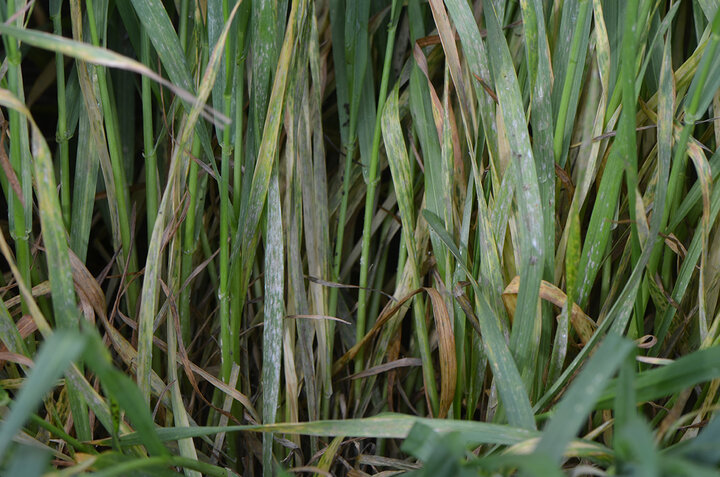
Figure 1. Powdery mildew in a research plot at the ARDC near Mead on April 21
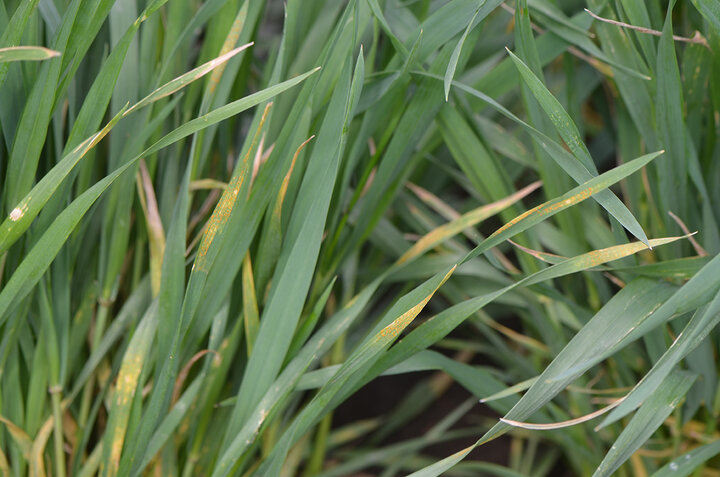
Figure 2. Stripe rust on the upper leaves in a research plot at the ARDC on April 21
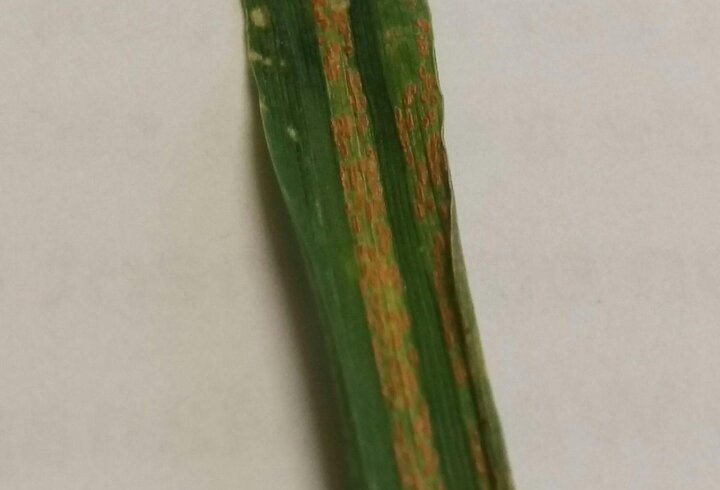
Figure 3. Stripe rust on a leaf in a grower’s field in Nuckolls County on April 21 (Photo by Jenny Rees)
A survey of research plots at UNL's Havelock Farm in Lincoln (Lancaster County) and at the Agricultural Research and Development Center (ARDC) near Mead (Saunders County) on April 21 showed that powdery mildew (Figure 1) was still the predominant foliar disease at these two locations.
However, following the recent rainfall, development of stripe rust and fungal leaf spot diseases has picked up. At the ARDC at the spot where stripe rust was found on the lower leaves one week ago, the disease had progressed to the upper leaves (Figure 2). In Nuckolls County, stripe rust development (Figure 3) has resumed following the recent rainfall that had followed a period of dry weather. In some plots at the Havelock Farm, fungal leaf spots were severe in the lower canopy as well as on the upper leaves (Figure 4). Aphids (Figure 5) were present in all fields surveyed in Lancaster, Nuckolls, and Saunders counties. On April 22 stripe rust was confirmed in Perkins County.
Examination of wheat plants with yellow leaves (Figure 6) collected from a grower’s field in Kimball County in the southern Panhandle revealed discolored or darkened roots (Figure 7), indicating that root and crown rot diseases are partly responsible for the yellowing of leaves.
Other factors causing yellowing of leaves include
- environmental conditions such as cold temperatures in the winter and early spring,
- natural senescence of older leaves, and
- foliar fungal diseases (powdery mildew, Septoria tritici blotch, tan spot).
Where leaves are yellow and there are no signs or symptoms of foliar fungal diseases (powdery fungal growth on the leaves and stems or brown or dark brown lesions on the leaves), the most likely causes of yellowing are environmental conditions and root and crown rot diseases.
Management
Stripe rust, powdery mildew, and fungal leaf spot diseases can be controlled by applying a fungicide. The optimal timing for fungicide application is 50%-100% flag leaf emergence. Base the decision to apply a fungicide on
- the presence of disease in the field,
- disease-favorable weather conditions,
- the resistance level of the variety planted, and
- economics.
Aphids can transmit barley yellow dwarf virus (BYDV). However, it is recommended that aphids be controlled based on damage to the wheat crop rather than the potential to transmit BYDV.
Root and crown rot diseases cannot be controlled once they occur. Steps can be taken before planting in the fall to minimize damage caused by root and crown rot diseases. These measures include
- treating seed with a systemic fungicide before planting;
- planting in a firm, mellow seedbed; and
- planting in a field where a crop other than wheat, such as a broad leaf crop, was planted the previous year.

Figure 4. Severe leaf spot in a research plot at the UNL Havelock Farm near Lincoln on April 21
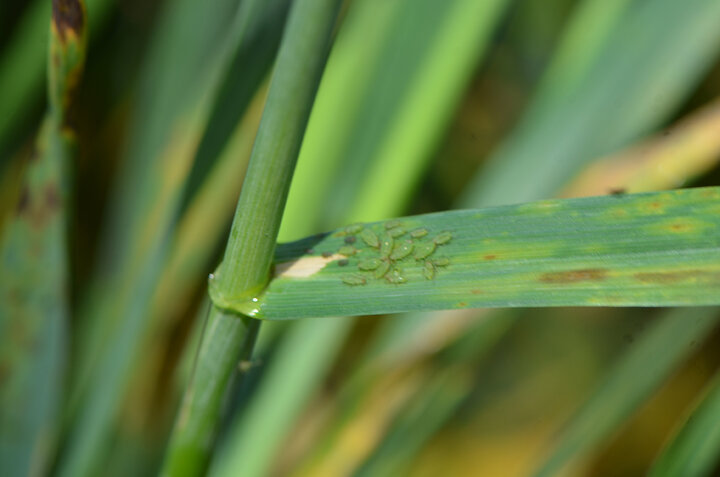
Figure 5. Aphids in a research plot at the UNL Havelock Farm near Lincoln on April 21
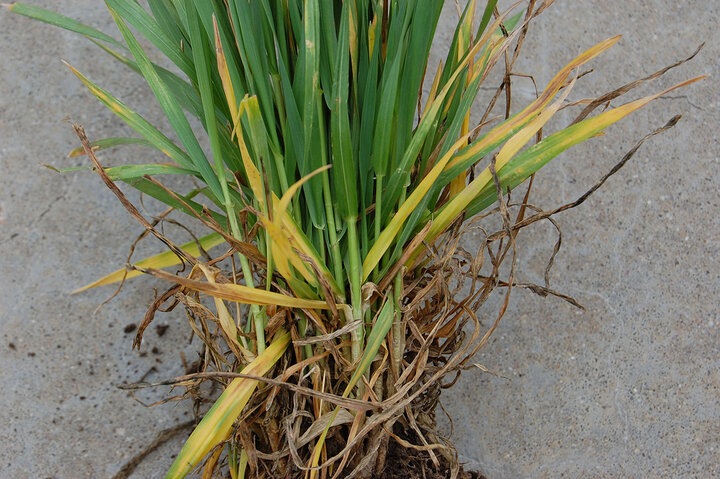
Figure 6. Yellowing of lower leaves on wheat collected from a grower’s field in Kimball County on April 18 (Photo by Bob Harveson)
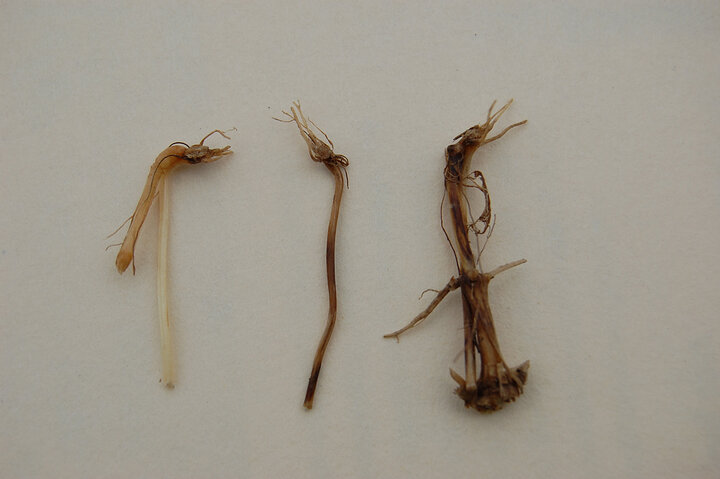
Figure 7. Discolored roots on the wheat shown in Figure 6, a symptom of root and crown rot (Photo by Bob Harveson)
